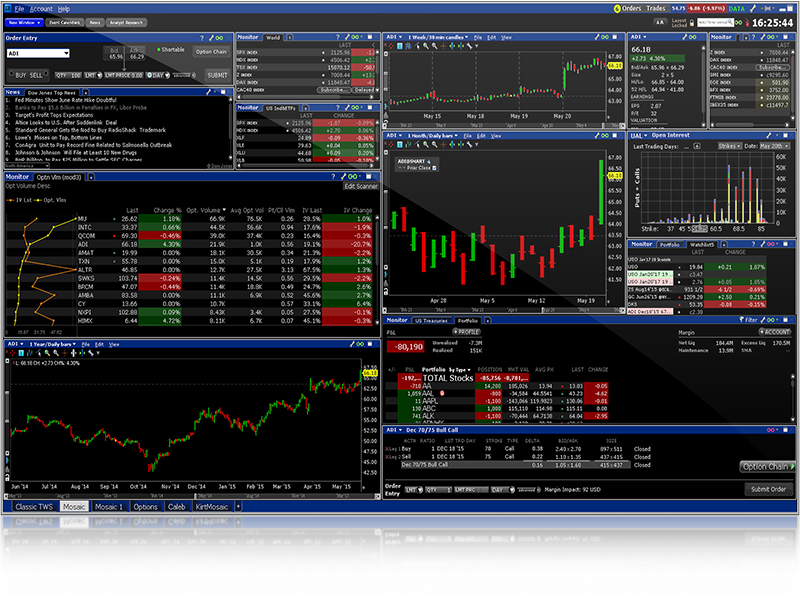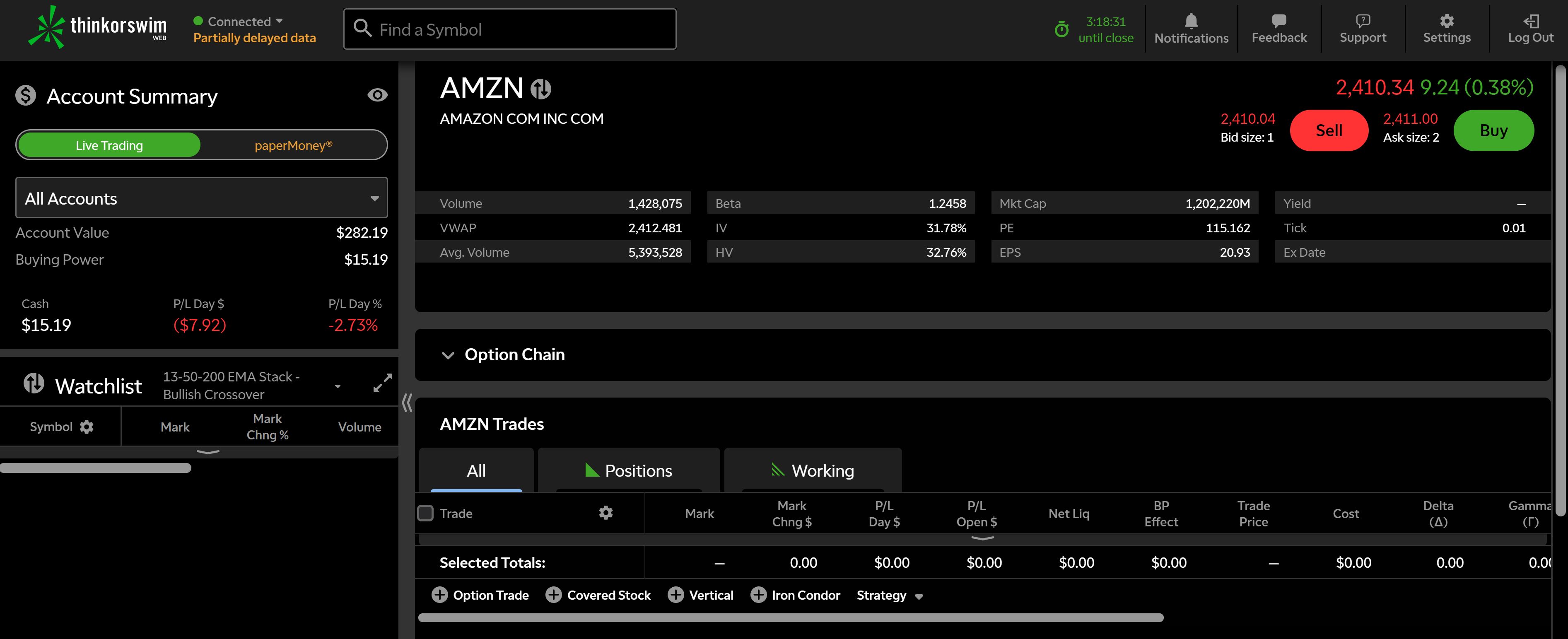

Should the price move in the opposite direction, you can either do nothing and let the option expire worthless, or you may sell it to prior to expiration to recover part of your purchase price.

However, the stock might not always move in the way that you expect.

Again, subtract the cost of the option from any profit you make.Īs the option buyer, you control the ability to exercise the contract. If you choose an option with a strike price of $52, when a stock is trading at $55, and the stock's price drops to $49 at expiration, you have the right to sell the shares for $3 a share more than market value. Keep in mind, your profit is $3 a share less the cost of the option.Īlternatively, if you believe the stock's value will decline, you might purchase a put. If the stock's price rises to $55 a share at expiration, you can purchase the shares at the $52 a share, or $3 a share under market value. For example, if you believe the price of a stock currently trading at $50 a share will rise, you might buy a call with a strike price of $52. Buying a put gives you the right to sell the underlying instrument at the strike price on or before the expiration date.īullish investors tend to purchase calls, while bearish investors tend to buy puts. When you buy a call, you have the right to purchase the underlying instrument at the strike price on or before the expiration date. Understand the main differences between two basic options strategies: calls and puts.


 0 kommentar(er)
0 kommentar(er)
